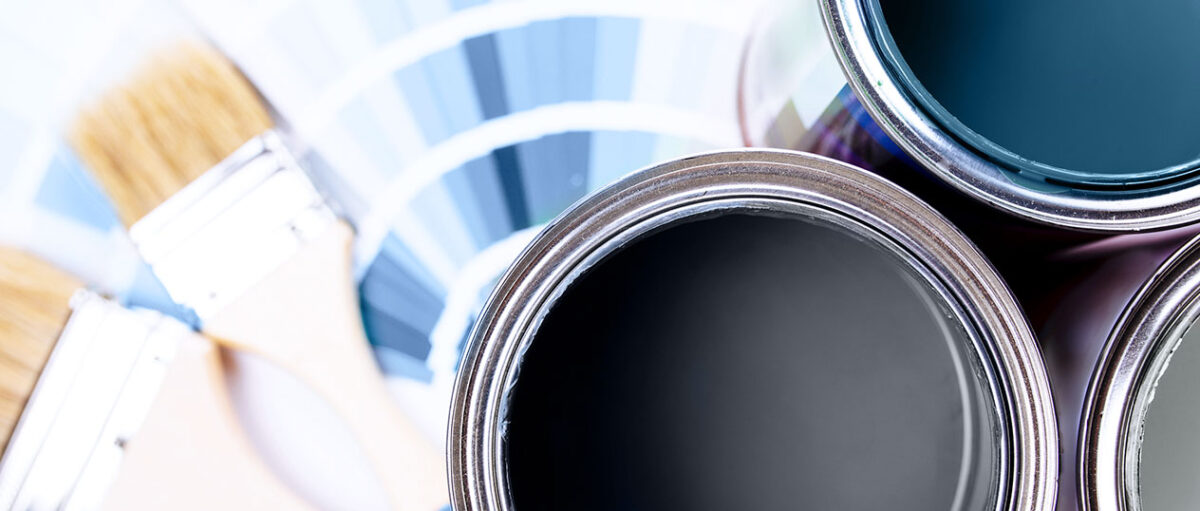Thanks to certain home improvement channels, renovations might seem like a relatively easy way to increase your home’s value. A new door, new floors, a coat of paint, and a few new appliances appear to strap a bottle rocket to the price tag. Never mind the market conditions, price comparisons and other contributing factors — every drop of sweat and every dime you put into your home should result in a price hike, right? That’s why they call it sweat equity!
And yet, that’s not the case. Sure, when you’re planning to sell, a few improvements here and there can help. But how do you know which projects are yours to take on and which ones should be left for the new owner? We’ve got the answers — here’s what not to fix when selling a house.
Cosmetic Changes
Do you keep track of all the year’s hottest paint colors? Are you a semi-professional (or self-acclaimed) interior designer? Doesn’t matter. While an accent wall or new fixtures can appeal to some buyers, most have their own tastes and preferences. You may love brushed nickel, but a buyer might dig gold. That baby blue home office? Someone’s going to cover it with something earthy the second they get the keys.
What most buyers are going to care about is the structure of the home. We’re talking plumbing, electrical, HVAC — all the things that make the home work. Instead of focusing on chipped paint and replacing door hardware, put that energy (and that cash) into getting the HVAC unit tuned up or replacing windows…stuff that’s going to keep the new owners comfortable.
Pro-tip: Getting the carpet cleaned is a worthwhile investment, especially if you have pets. The new owners may clean it again, but no one wants to enter an open house to be hit with the stench of wet dog.
Cracked Concrete
Curb appeal, curb appeal, curb appeal. Flowerbeds, trimmed trees, and a luscious green lawn all play a part in this, so it’s easy to see how repairing your driveway, sidewalk and walkways might be worthy investments as well.
You’d be half right.
Creating curb appeal is an important part of creating interest and reeling in prospective buyers, but concrete repairs aren’t something to focus on — especially if sidewalks are publicly owned and maintained by local government. If that’s the case, it doesn’t hurt to at least put in the request for repairs before putting your home on the market.
Amazing Appliances
If your home is home to a few old appliances, you shouldn’t worry about replacing those either unless they’re damaged, broken, or stick out like a sore thumb. It might seem like a kitchen renovation is a quick way to boost your home’s value, but it’s a costly short-term solution.
According to This Old House, minor kitchen remodels ($15,000 or less) have a return-on-investment (ROI) of 87% a year later. Major kitchen remodels (averaging nearly $40,000) have an ROI of 80% a year later. While you may recoup some — or even most — of that money if you sell within a year, you won’t get all of it back. And depending on your mortgage situation, those renovations may not lead to much of a profit.
Like cosmetic changes, new appliances can be an issue of personal preference as well. You love white appliances, someone else loves stainless steel, so what happens to the white appliances you just bought and installed?
Oh, did someone order a dumpster?
Okay, so what SHOULD you fix?
Now that you know what not to fix when selling a house, you’re probably wondering which projects you should take on. We’ve got the answers:
- Square Footage Improvements: Whether it’s an addition or a finished basement, more square footage is one of the best ways to improve a home’s value.
- Backyard Entertainment: Some folks like a patio, some like a deck, others opt for a pool. Turns out, a backyard deck is a low-cost method of boosting your home’s value by thousands of dollars.
- Garage Door Replacement: Out-of-style or aging garage doors can actually bring your home’s value down. A replacement can cost less than $2,000, but can add a few thousand dollars in value to your home. Easy and affordable…what’s not to love?
Ready, set, sell.
Equipped with this knowledge, you’re ready to tackle a few reasonable side projects before handing your listing to a local real estate agent. We hope you get the biggest bang for your buck!
Every drop of sweat and every dime you put into your home should result in a price hike, right? That’s why they call it sweat equity!





